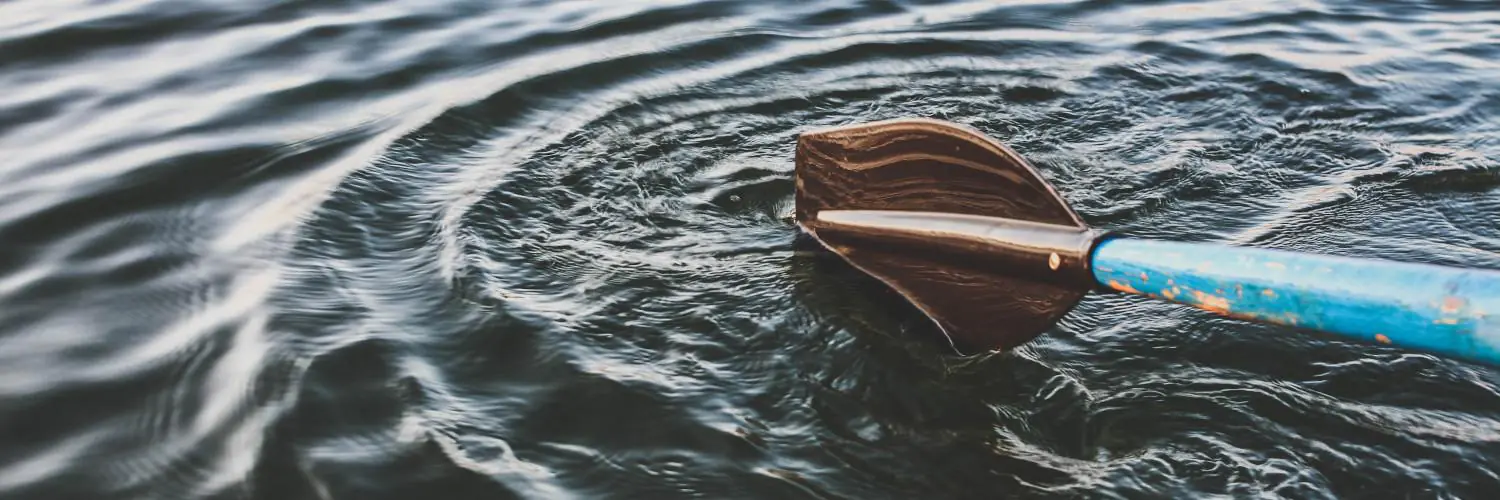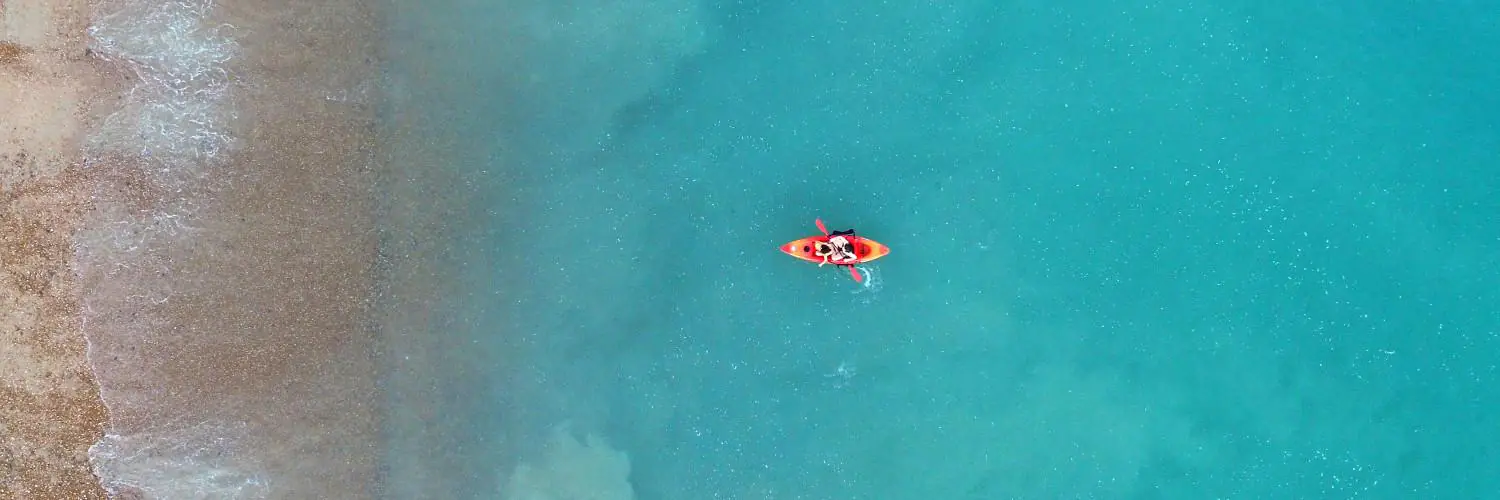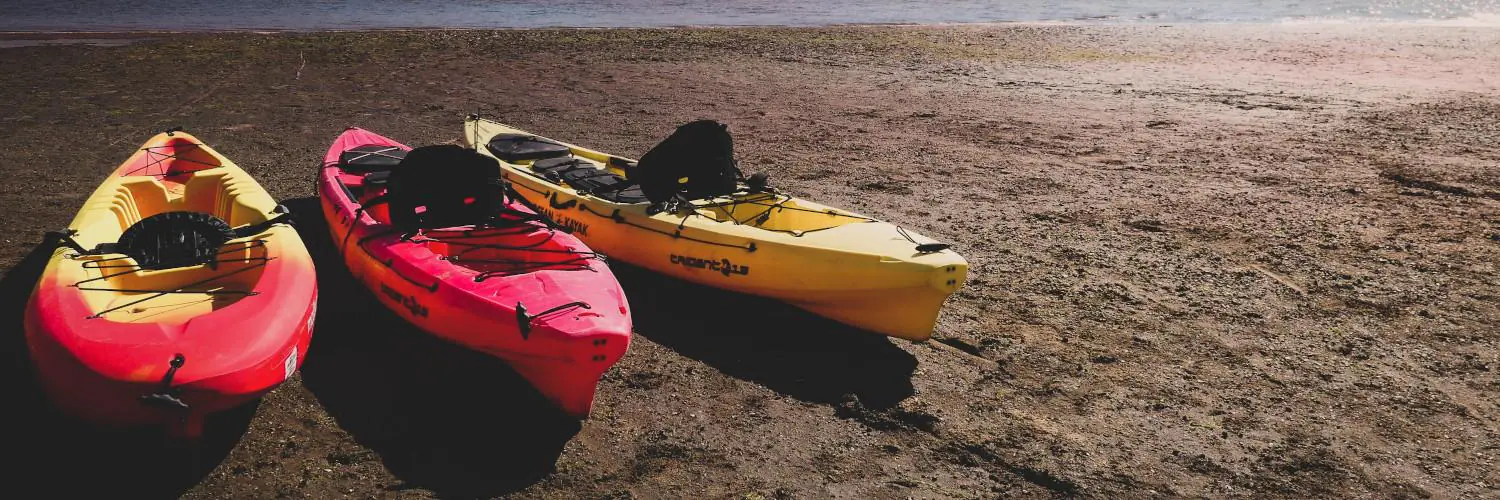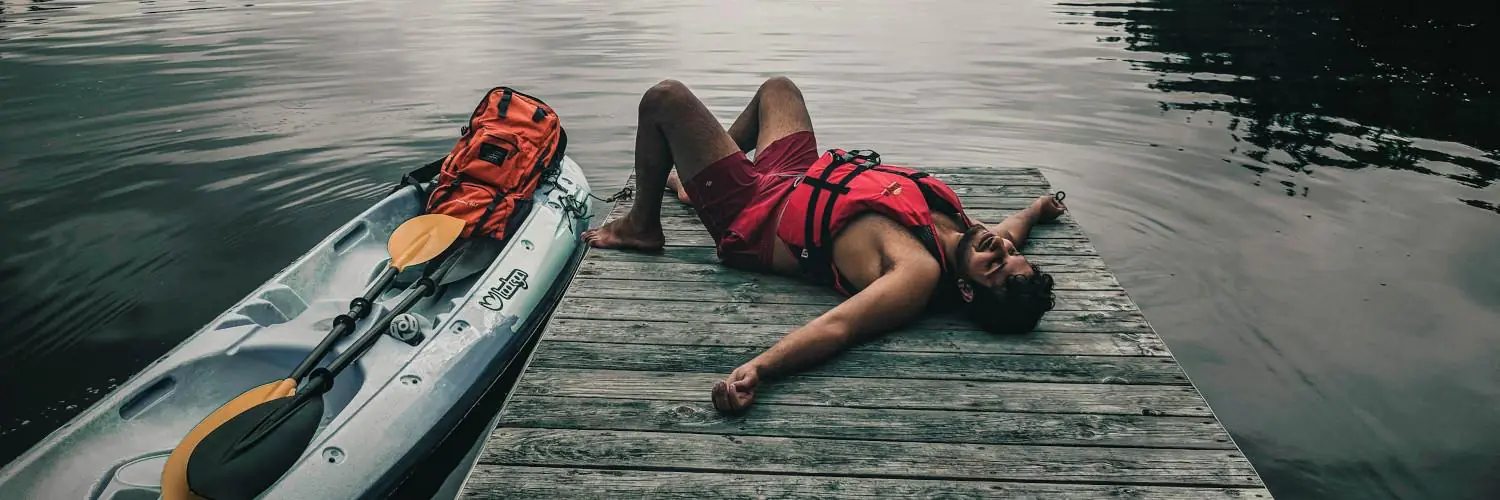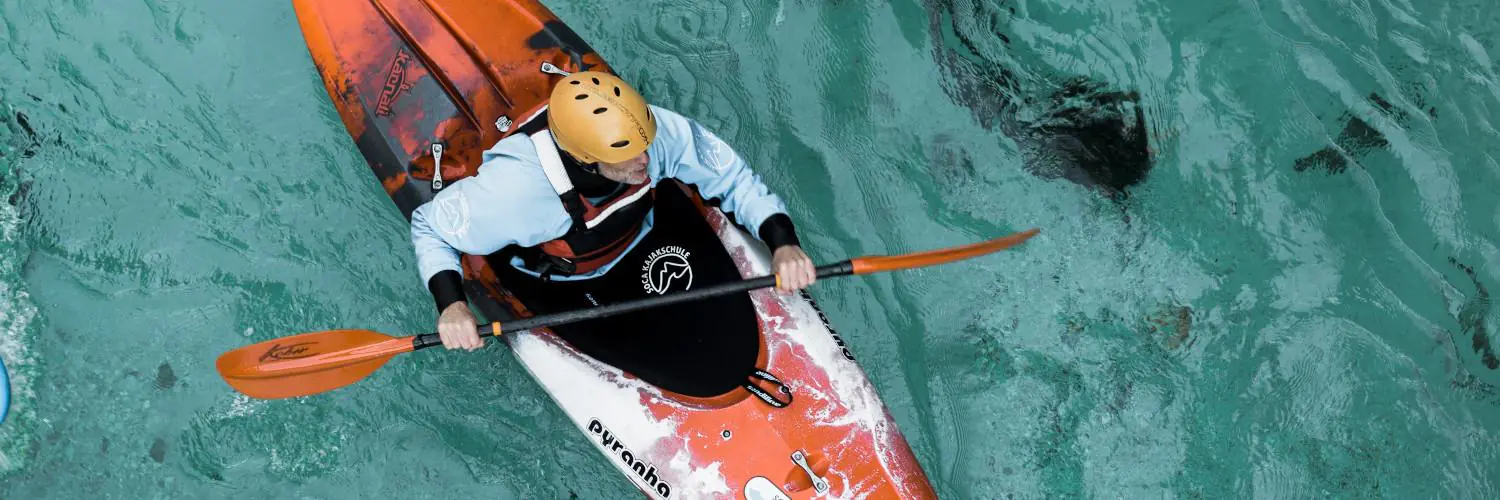Selecting the correct size drift sock for a kayak is imperative for achieving optimal control and efficiency while fishing. A drift sock, also known as a sea anchor, is a conical tool that kayakers deploy to stabilize their craft and manage their drift speed, particularly when fishing in currents or in windy conditions. Appropriate selection hinges on factors such as the kayak’s length, the water conditions, and the kayaker’s specific needs, whether it is to slow down the kayak’s drift for more precise angling or to maintain a strategic position in the water.
The size of the drift sock is directly correlated to the size and type of the kayak. Smaller kayaks, typically ranging from 6 to 8 feet in length, can be effectively paired with a smaller-sized drift sock. On the other hand, kayaks that extend from 8.5 to 14 feet demand larger drift socks for adequate resistance and stability. Tandem kayaks are often matched with even larger socks, given their increased length and the need for more substantial drag to control speed. It is crucial for kayakers to consider the specific dimensions recommended by manufacturers to ensure that they strike the right balance between drag effect and maneuverability.
In terms of utility, fishermen find drift socks particularly useful as they grant the ability to maintain a slower pace over productive fishing spots, enhancing bait presentation. The controlled drift allows anglers to more effectively cover an area without being carried away too rapidly by wind or current. Consequently, making the right choice in drift sock size not only contributes to a safer kayaking experience but also to a potentially more rewarding fishing expedition.
Table of Contents
Understanding Drift Socks
Drift socks are essential tools for kayakers who aim to stabilize their vessels in windy conditions, control drifting speed when fishing, or manage movement while photographing natural landscapes. They offer dependable resistance and help maintain course when trolling.
Purpose and Function
A drift sock, also known as a sea anchor, aids in slowing down a kayak’s drift rate in the water. It functions by creating drag behind the vessel, offering a degree of resistance that can be altered based on the size of the sock used. This tool is particularly useful for anglers looking to maintain their position against wind or current without constantly paddling or using an anchor. They are also beneficial for photographers or wildlife observers requiring a steady platform.
- Performance: Drift socks enhance trolling efficiency by providing smoother control over the kayak’s speed.
- Drift Control: The right size drift sock can significantly improve a kayak’s stability in changing water conditions.
Design and Material
The most common design for a drift sock is cone-shaped, which efficiently catches water to generate drag. The material usually preferred for these devices is nylon or rip-stop nylon, known for its combination of lightweight characteristics and robustness to endure marine environments.
- Material Features:
- Nylon: Durable, resistant to wear due to water friction
- Rip-Stop Nylon: Reinforced to prevent tearing and ensure longevity
- Durability: High-quality materials contribute to the drift sock’s lifespan, even under regular use in harsh conditions.
When selecting a drift sock, kayakers should consider both the size of their kayak and desired performance features. The appropriate size ranges from a smaller sock for a solo kayak to a larger one for tandem kayaks, with variations in between to match the kayak’s length and the kayaker’s specific needs.
Selecting the Right Size
Choosing the right size drift sock for a kayak is crucial to balancing drift control and maneuverability in varying wind conditions and currents.
Drift Sock Size Chart
| Kayak Length | Recommended Drift Sock Size |
|---|---|
| 6-8 feet | 18 inches |
| 8.5-14 feet | 33 inches |
| Tandem Kayaks | 33 inches |
| 15-16 feet | 22-24 inches |
This chart serves as a starting point. Kayakers should adjust based on their specific needs and kayak models.
Factors Influencing Size Selection
When selecting a drift sock, there are several key factors to consider:
- Current and Wind Conditions: A larger drift sock can provide more resistance in stronger currents and higher winds, while a smaller one might be sufficient in calmer conditions.
- Boat Length: The length of the kayak directly influences the size of the drift sock needed to achieve an effective drift rate without sacrificing control.
- Desired Drift Rate: If a slower drift is desired, one might opt for a larger drift sock. It’s a balance between controlling drift speed and maintaining the ability to steer the kayak.
- Kayak Type: Tandem kayaks and kayaks over 14 feet in length typically require a larger drift sock.
Boaters should also remember that personal preference and experience play a role in selecting the correct size of drift anchors. It may take some experimentation to find the perfect match for each individual kayaker’s needs.
Installation and Usage
When installing a drift sock for a kayak, one should focus on proper deployment and connection to harness systems while considering the kayak’s size. Understanding the operational practices maximizes control during drift fishing or when using a trolling motor.
Setting Up the Drift Sock
To set up a drift sock, one typically follows these steps:
- Attach the drift sock’s harness line to a sturdy cleat or anchor trolley on your kayak.
- Deploy the drift sock over the side of the kayak, ensuring it is clear of any obstructions.
- Securely tie the rope to allow the sock to fill with water and create the necessary drag.
One may also employ a trolling motor to manage direction and provide additional maneuverability, using the drift sock as a sea anchor to maintain a steady pace.
Operational Best Practices
During operation, several best practices should be observed:
- Maintain Control: Always hold the harness line securely and use a cleat to manage tension and placement.
- Adjusting for Conditions: The position where one deploys the drift sock can be shifted along the kayak to adjust for wind and current, enhancing stability.
- Safety Precautions: Monitor the sock periodically to ensure it’s functioning correctly and not becoming entangled.
Whether drift fishing or navigating, the key is to utilize the drift sock to improve stability and control on the water.
Troubleshooting Common Issues
When using drift socks for kayak fishing, kayakers often face two main challenges: snags and tangles which can compromise the tool’s effectiveness, and handling varying intensities of currents and wind which can affect the kayak’s stability and course. Efficiency in both these areas is key to maintaining boat control and ensuring angler safety.
Avoiding Snags and Tangles
To prevent the drift sock from snagging or tangling, which can hinder boat control, one must deploy and retrieve the sea anchor with care. When deploying, gradually let out the drift sock on a taut line to ensure it expands fully and evenly. Ensure that the dump line is free of knots and debris before deployment, as these can cause complications. For retrieval, use the dump line to collapse the sock before bringing it aboard to avoid it catching on any part of the kayak.
Handling Strong Currents and Wind
Strong currents and windy conditions can complicate kayak drift, but a well-sized drift sock acts as a sea anchor, adding drag to slow the kayak’s drift. In challenging conditions, it is often helpful to deploy multiple drift socks to increase resistance. Routine maintenance of the sea anchor is critical; regular checks for wear and tear ensure the drift sock performs optimally when faced with stronger forces. When currents or winds intensify beyond expectations, having a proper contingency plan, such as an accessible paddle for manual control, is advisable.
Product Reviews and Recommendations
Selecting the optimal drift sock for a kayak enhances control over drift speed and stability while fishing or during strong currents. This section provides detailed insights into top-rated drift socks and contrasts them with offerings from other brands.
Top Picks for Kayak Drift Socks
Mythik Outdoors Drift Master Drift Sock Kit: Renowned for its overall quality, this kit is often positioned as the best choice for kayakers seeking a feature-rich and durable option. It stands out for its exceptional materials and is recommended for both single kayaks and tandem kayaks.
- Best Overall Features: The Mythik Outdoors Drift Master Drift Sock Kit includes a comprehensive set of accessories designed for immediate use.
- Best for Tandem Kayaks: The same model is top recommended for tandem kayaks due to its versatile sizing and effectiveness in various conditions.
MOOCY 32-Inch Drift Sock Sea Anchor: For those looking to balance cost with functionality, the MOOCY drift sock is an excellent budget-friendly alternative. Its durability does not drastically compromise despite the lower price point.
- Best Budget Option: This affordable choice is a go-to for kayakers conscious of their expenditures without wanting to sacrifice quality.
Lindy Drift Control Drift Sock: Tailored for smaller kayaks, the Lindy Drift Control offers a variety of sizes making it easier to match the drift sock with the kayak’s size for better performance.
- Diverse Sizing Options: Their range accommodates kayaks from 6 to 14 feet, ensuring that most users can find a size that suits their particular needs.
Comparison to Other Brands
Kufa Sports vs. Minn Kota: When comparing Kufa Sports and Minn Kota drift socks, it is noted that both brands present robust options with distinct features. Kufa Sports is often highlighted for its visible and high-floating design, while Minn Kota is commended for its compatibility with various marine conditions.
- Kufa Sports: Recognized for their high visibility on the water, they make retrieval straightforward and guarantee that the drift socks are noticeable even in lower light conditions.
- Minn Kota: Their drift socks are constructed with reinforced materials, making them an ideal choice for kayakers who frequently face rugged conditions.
Comparison Chart: While specific dimensions vary by kayak length and desired use, here’s a simplified reference:
| Kayak Length | Recommended Drift Sock Size |
|---|---|
| 6-8 feet | 18″ Lindy Drift Control |
| 8.5-14 feet | 33″ Mythik or Kufa Sports |
| Tandem | 33″ Mythik Drift Master |
In choosing the right drift sock, one must consider factors such as the kayak’s length, weight, and the conditions it will be utilized in. The products listed provide a range of options suited to various needs and budgets, each offering distinct features to enhance a kayaker’s experience on the water.


